Abstract: Simple test circuit using a comparator and reference to measure battery drain.
Measuring battery life for a portable system is a time-consuming task, and the methods that accelerate battery discharge don't provide reliable results. In the usual approach you simply measure elapsed time while operating the product to the point of battery discharge. Running several such systems in parallel obviously gives more data, if you can afford to tie up the lab equipment.
You can try to derive battery life from data-sheet specifications associated with the circuit components, but a calculated value is usually far short of the actual operating time. Current-drain specs tend to be conservative for low-power ICs, because they are tested with high-speed equipment that cannot easily measure low supply currents. Unlike many electrical parameters, battery life (in most cases) is better specified as a realistic typical than as a guaranteed minimum.
The movie "Chinatown" has inspired a simple alternative to the expensive data-acquisition systems and chart recorders normally required in these efforts. (Jack Nicholson placed a cheap watch under the tire of a parked car so he could return at his convenience to check the time of departure.) A similar trick marries a cheap (but low-power) clock to a low-power comparator/reference circuit (Figure 1).
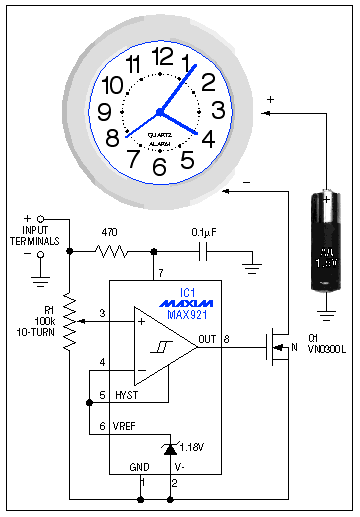
Figure 1. This inexpensive clock tracks the operating time for a battery-powered portable system. When the battery voltage (or a selected output) drops below the discharge threshold set by R1, the stopped clock retains the elapsed operating time.
The clock can be a "Spartus quartz alarm" at $9.95, or any other drug-store style, non-digital, battery-powered analog clock. IC1 is a CMOS comparator/reference circuit that gates power to the clock. The IC's low current drain (4µA) lets it steal power directly from the circuit under test. Why not power the clock from the input terminals? Because it doesn't run properly that way-the clock has a stepper motor that draws its current in brief surges, with amplitudes as high as 100ma. For the circuit shown, a large filter capacitor at the clock's input terminal did not solve the problem.
When the test circuit's battery voltage (or output voltage, if desired) falls below a selected threshold, the comparator output swings low and turns off Q1, removing power to the clock. The inactive clock then reads the running time, provided you set it to 12:00 before the test.
To set the operating threshold voltage, connect a power supply to the input terminals and adjust it to the minimum voltage for which the circuit will just operate. Adjust R1 so the clock just stops running. Then remove the power supply, set the clock to 12:00, connect the test circuit, and go home.
Measuring battery life for a portable system is a time-consuming task, and the methods that accelerate battery discharge don't provide reliable results. In the usual approach you simply measure elapsed time while operating the product to the point of battery discharge. Running several such systems in parallel obviously gives more data, if you can afford to tie up the lab equipment.
You can try to derive battery life from data-sheet specifications associated with the circuit components, but a calculated value is usually far short of the actual operating time. Current-drain specs tend to be conservative for low-power ICs, because they are tested with high-speed equipment that cannot easily measure low supply currents. Unlike many electrical parameters, battery life (in most cases) is better specified as a realistic typical than as a guaranteed minimum.
The movie "Chinatown" has inspired a simple alternative to the expensive data-acquisition systems and chart recorders normally required in these efforts. (Jack Nicholson placed a cheap watch under the tire of a parked car so he could return at his convenience to check the time of departure.) A similar trick marries a cheap (but low-power) clock to a low-power comparator/reference circuit (Figure 1).

Figure 1. This inexpensive clock tracks the operating time for a battery-powered portable system. When the battery voltage (or a selected output) drops below the discharge threshold set by R1, the stopped clock retains the elapsed operating time.
The clock can be a "Spartus quartz alarm" at $9.95, or any other drug-store style, non-digital, battery-powered analog clock. IC1 is a CMOS comparator/reference circuit that gates power to the clock. The IC's low current drain (4µA) lets it steal power directly from the circuit under test. Why not power the clock from the input terminals? Because it doesn't run properly that way-the clock has a stepper motor that draws its current in brief surges, with amplitudes as high as 100ma. For the circuit shown, a large filter capacitor at the clock's input terminal did not solve the problem.
When the test circuit's battery voltage (or output voltage, if desired) falls below a selected threshold, the comparator output swings low and turns off Q1, removing power to the clock. The inactive clock then reads the running time, provided you set it to 12:00 before the test.
To set the operating threshold voltage, connect a power supply to the input terminals and adjust it to the minimum voltage for which the circuit will just operate. Adjust R1 so the clock just stops running. Then remove the power supply, set the clock to 12:00, connect the test circuit, and go home.
 电子发烧友App
电子发烧友App










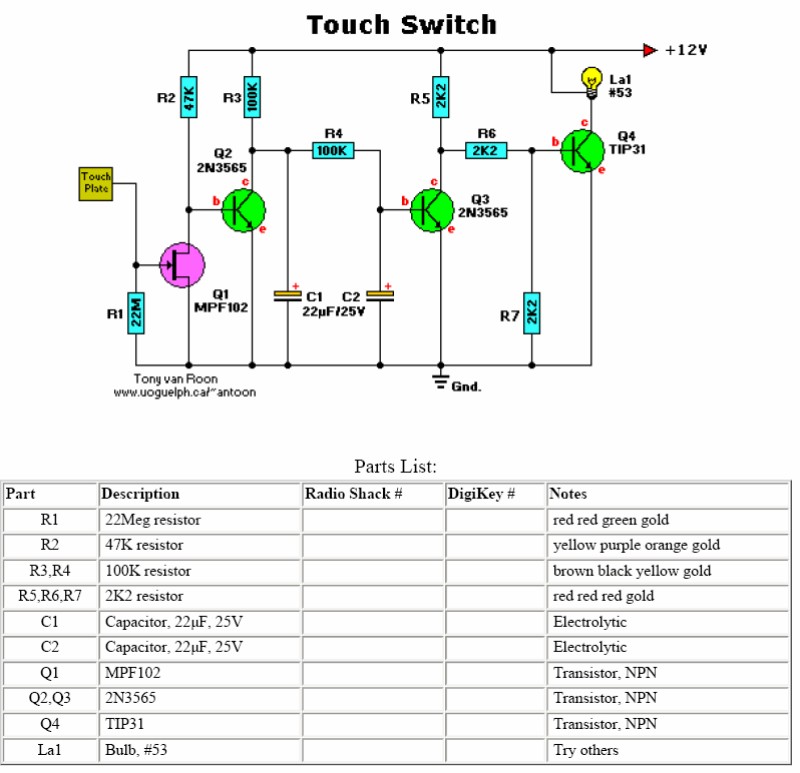
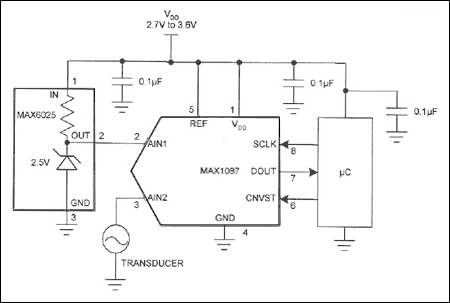
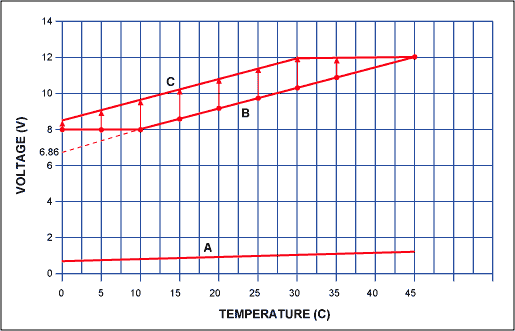
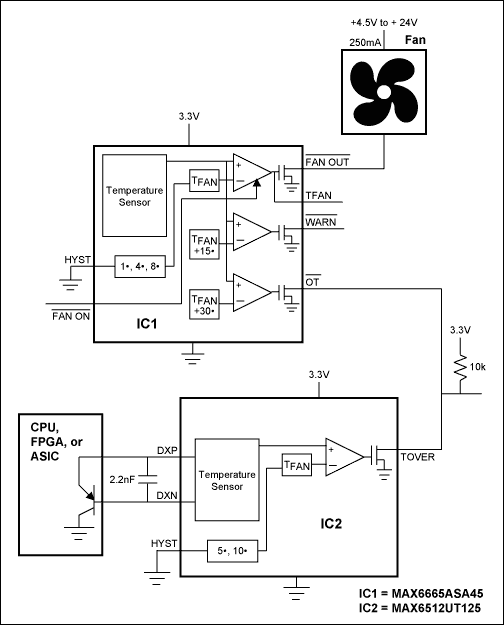
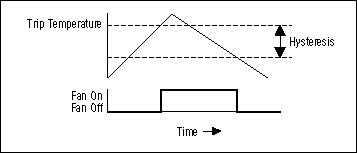
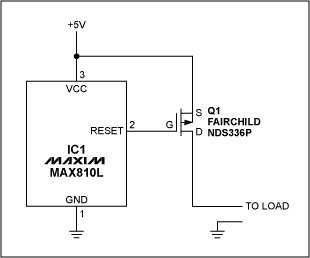
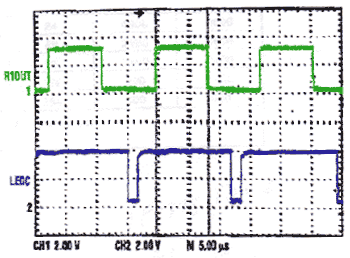
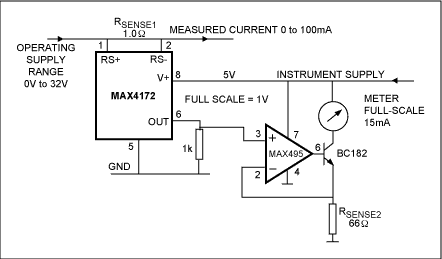
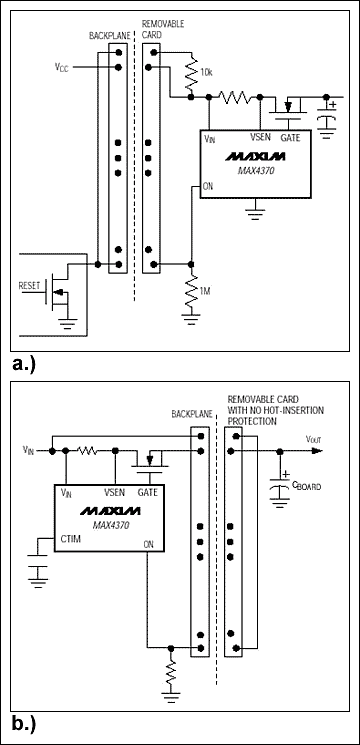
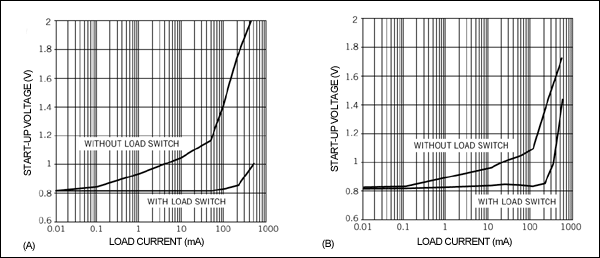
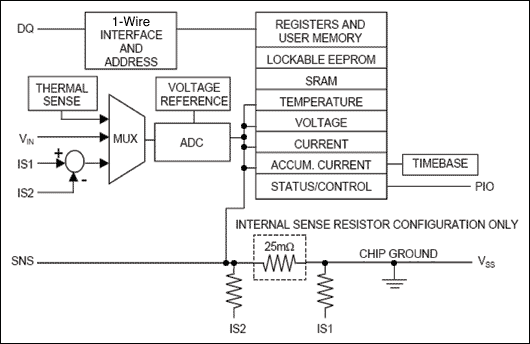
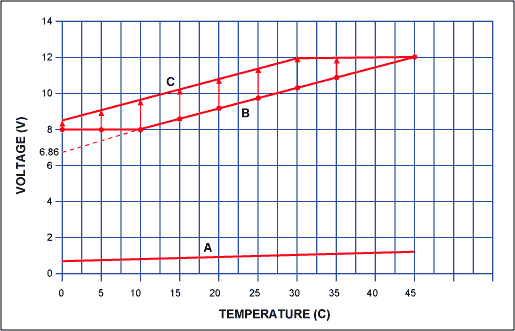
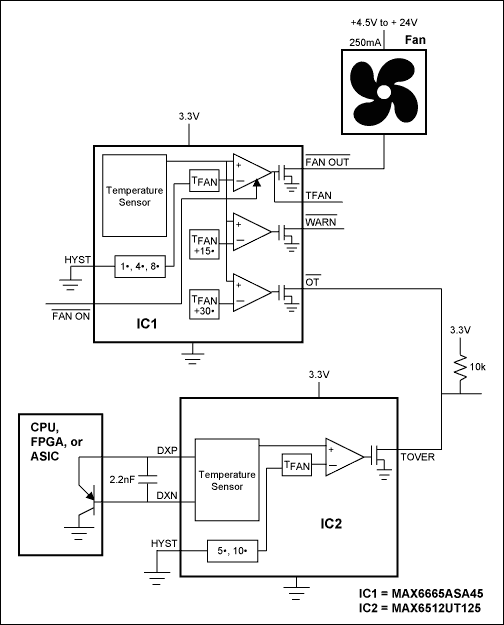
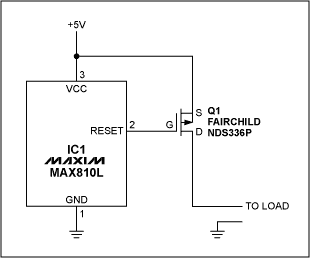
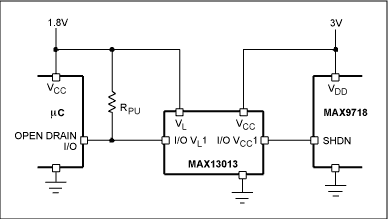
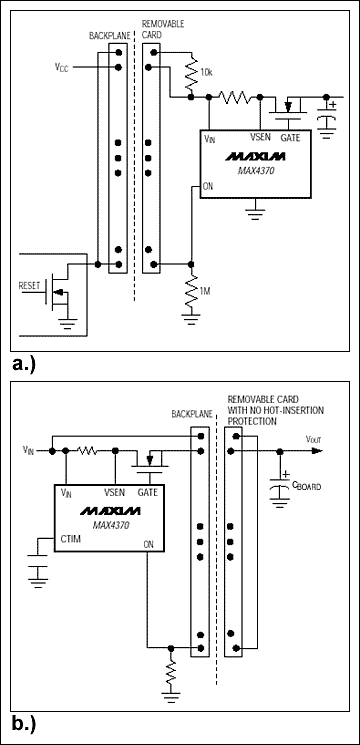

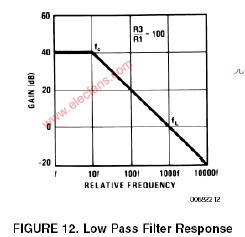
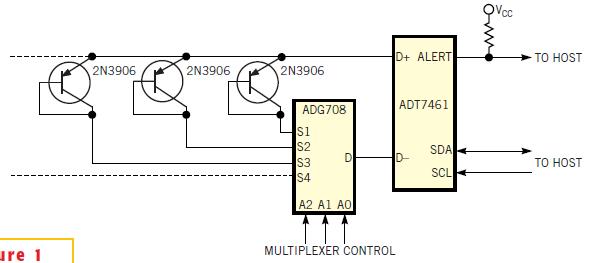
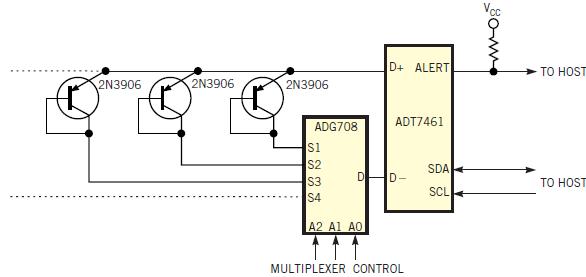
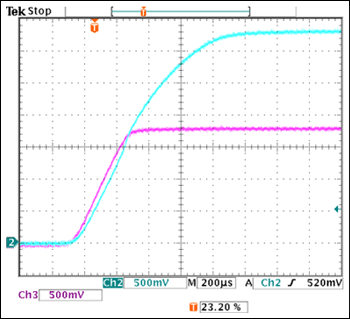
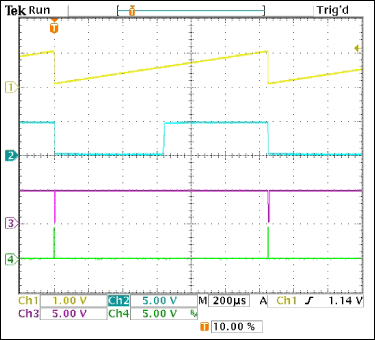

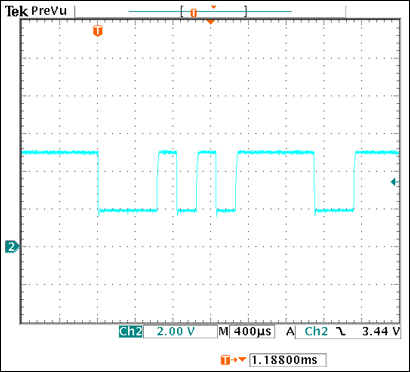


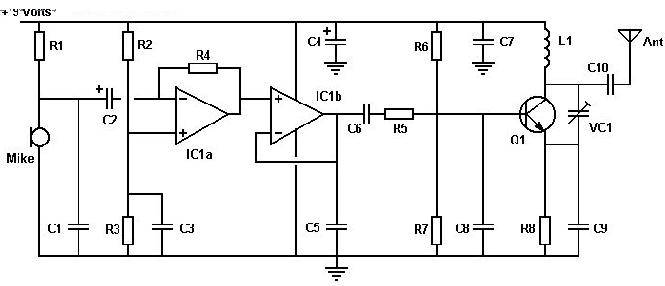
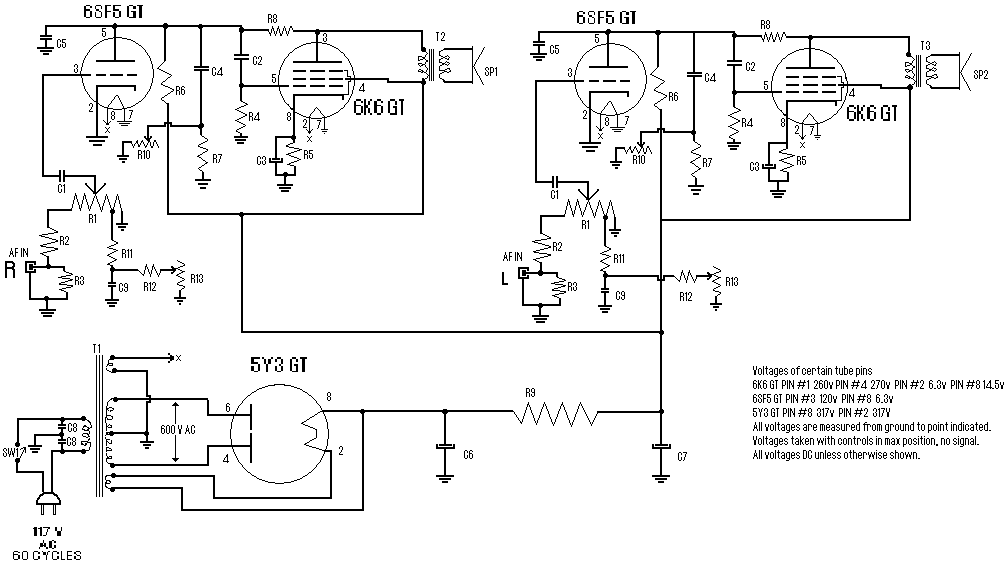


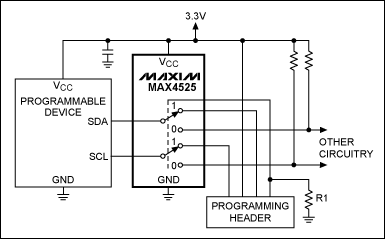

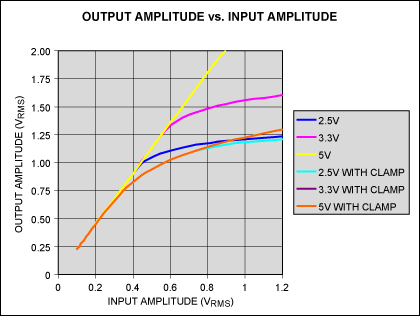
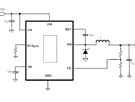










评论